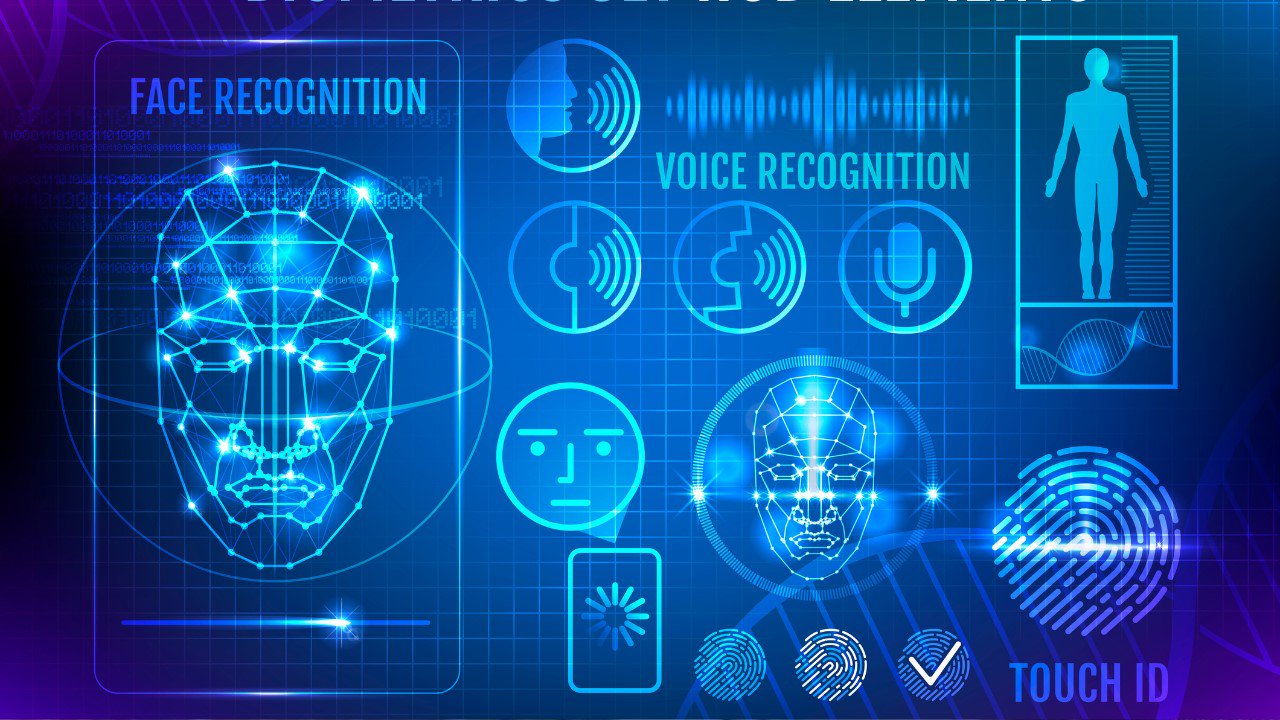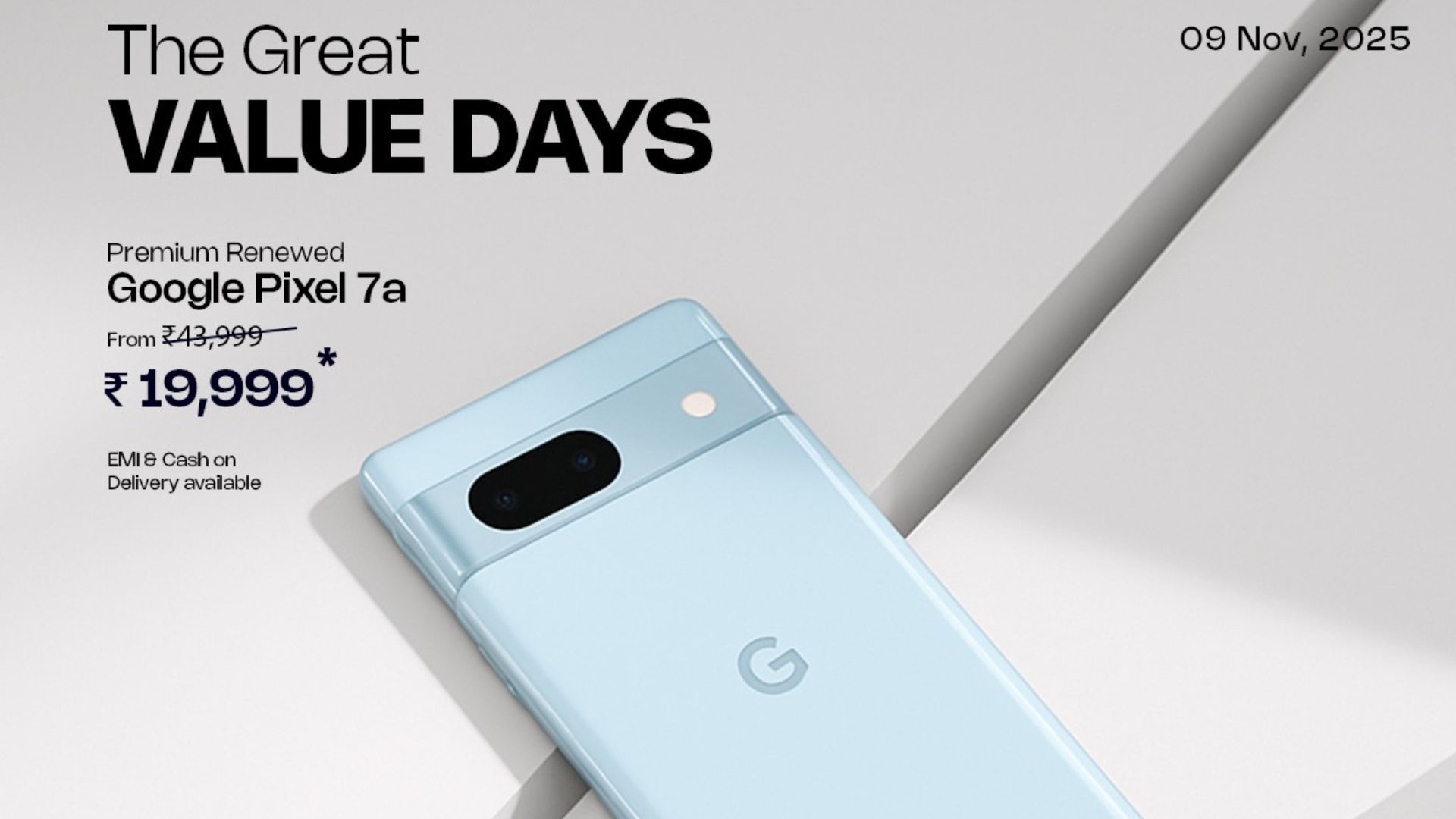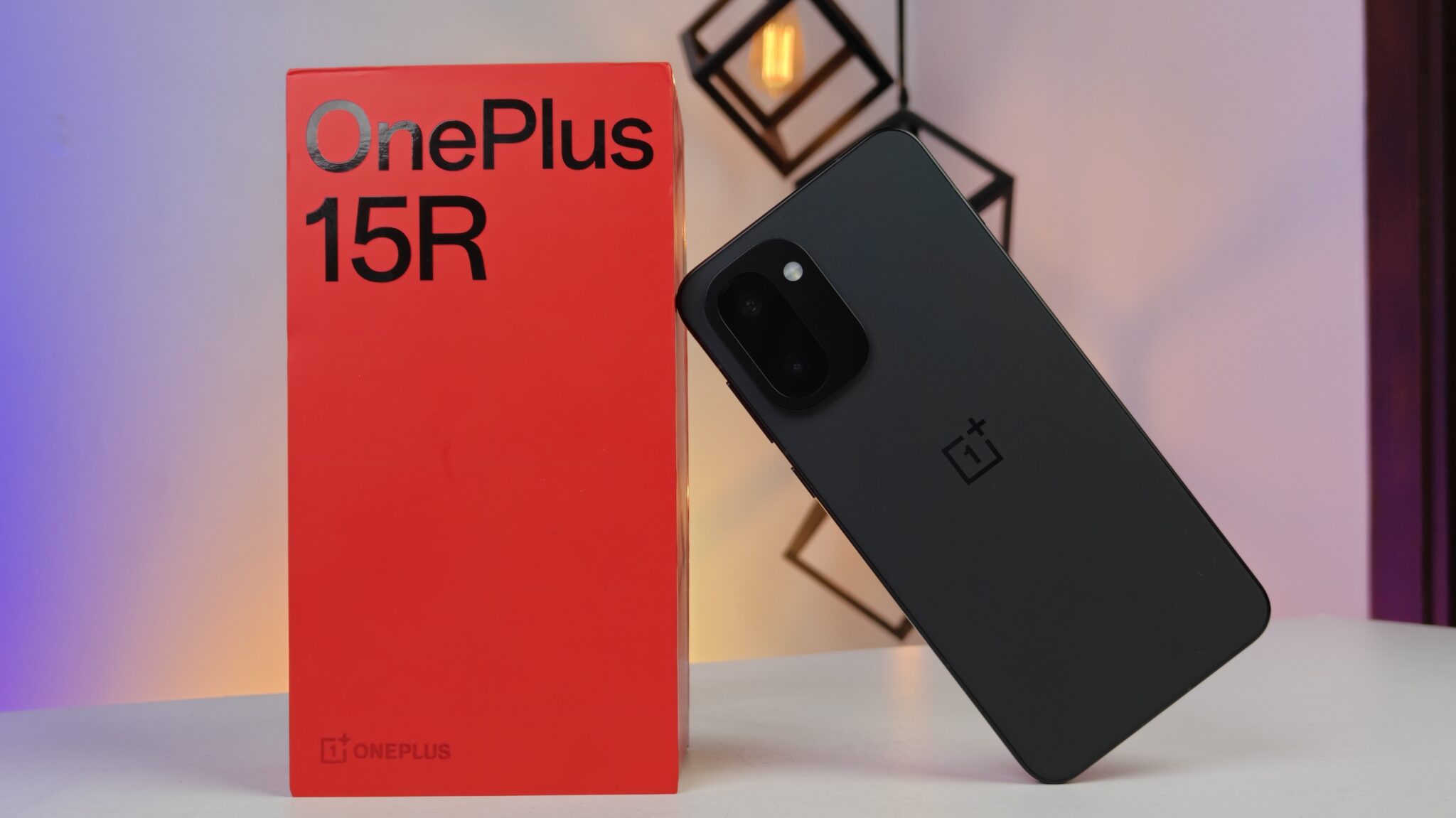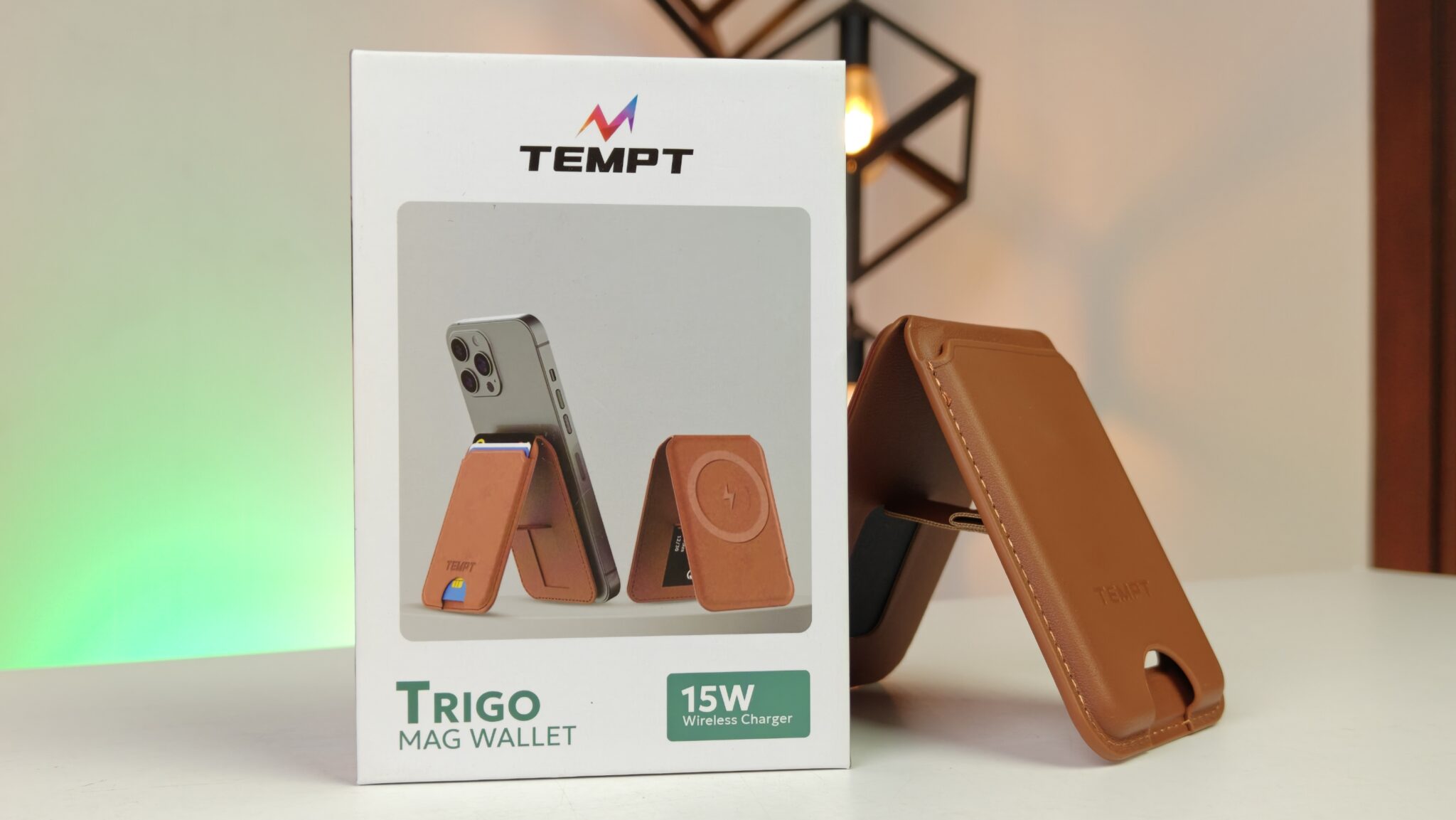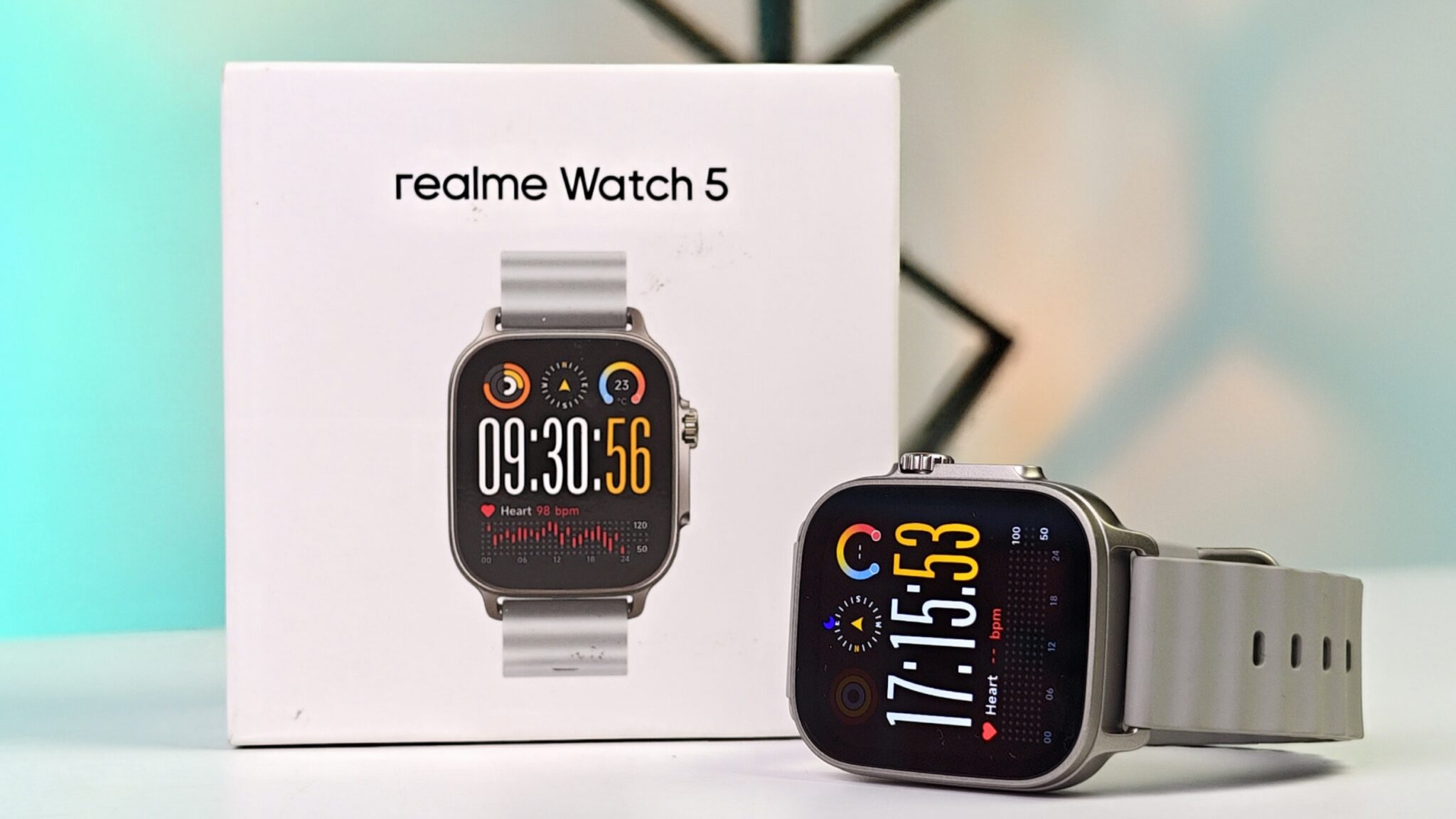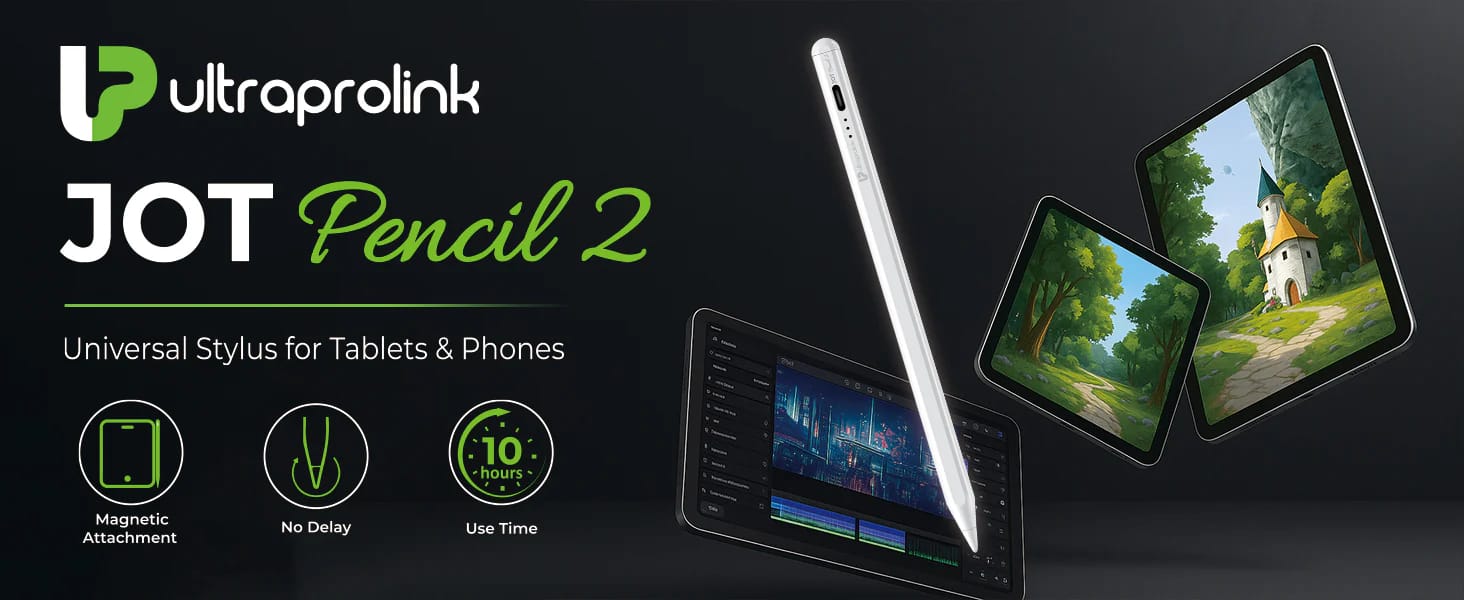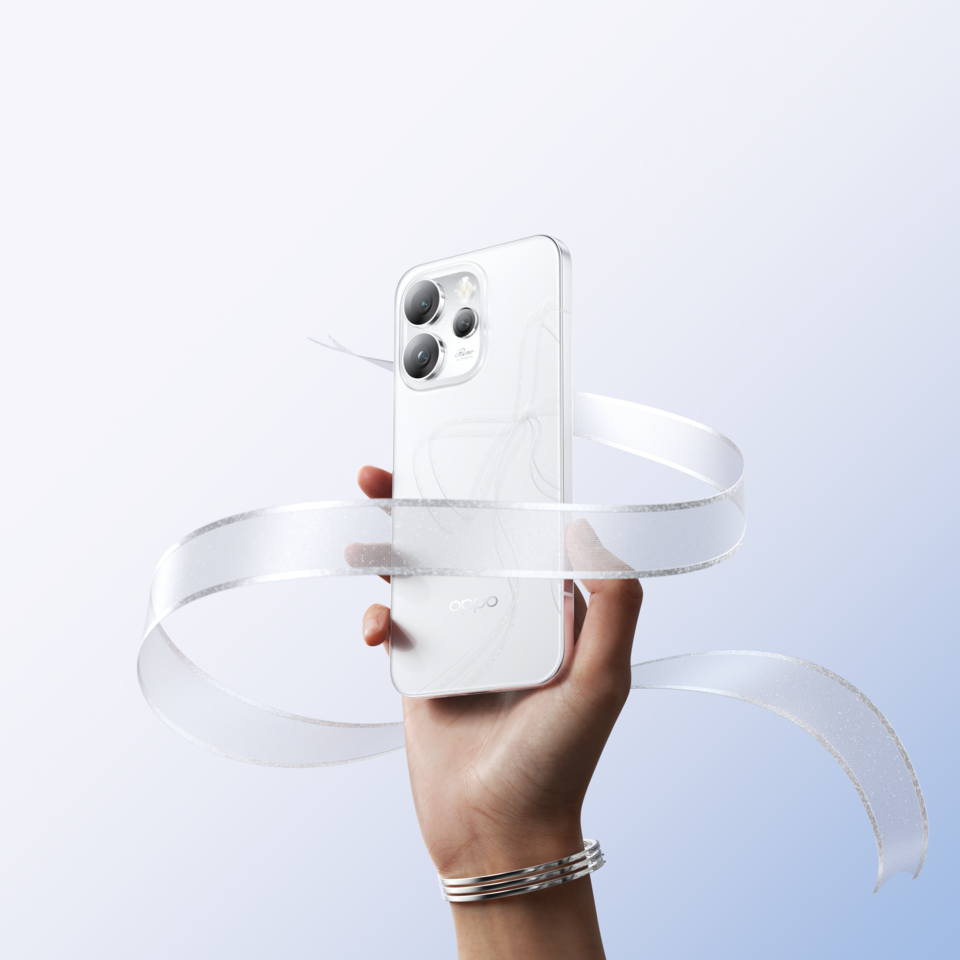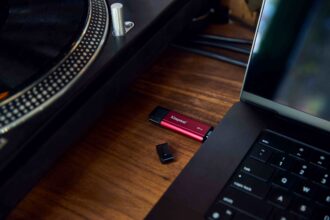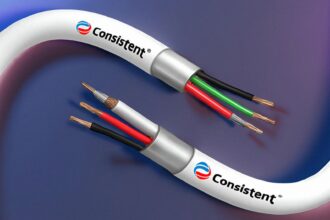The digital world is entering a strange and somewhat unsettling phase, where fake videos can look almost indistinguishable from real ones. Deepfake technology, once easy to spot with a trained eye, has evolved so rapidly that even seasoned viewers are sometimes fooled. The arrival of OpenAI’s Sora, a powerful text-to-video model, has taken this challenge to new heights. It can generate realistic, cinematic-quality clips entirely from text prompts-so convincing that the line between real and synthetic feels thinner than ever.
At this point, the average person can’t rely purely on instinct to tell what’s real. We now need both sharper observation and smarter verification tools to navigate what we see online.
Key Takeaways on Video Authentication
- Deepfake realism is rapidly increasing: New AI models are producing videos so lifelike that traditional cues for spotting fakes are no longer reliable.
- Look for physical and visual flaws: Odd eye movements, stiff facial expressions, or inconsistent lighting often give fakes away.
- Verify source and context: Check where the video originated and whether credible outlets are reporting the same event.
- Use technical tools: Sora-generated videos include both visible watermarks and hidden metadata for verification.
- Be skeptical of shocking content: If a public figure appears to act out of character, pause before believing or sharing it.
The New Level of Realism
Deepfakes are typically produced using deep learning algorithms-often generative adversarial networks (GANs)-to overlay synthetic imagery onto real footage. But Sora takes a different approach. As a diffusion-based text-to-video model, it can build entire scenes from scratch, guided only by a written prompt.
In simple terms, Sora doesn’t just modify reality-it creates new, original video worlds that look eerily authentic. Its neural network understands physics, lighting, and even emotional expression, producing up to a minute of ultra-detailed footage. That leap means we’re no longer just fighting against tampered videos, but against fully fabricated ones that could pass as genuine news clips.
With OpenAI making Sora accessible, we can expect a surge of synthetic media flooding social platforms. And that’s where the concern grows: misinformation, when paired with such realism, could easily shape public opinion, move markets, or disrupt politics before anyone realizes what’s happened.
Simple Visual Cues to Spot a Deepfake
Despite how advanced these systems have become, AI-generated videos often still contain subtle, almost imperceptible mistakes-clues that a patient observer can catch.
Facial and Eye Movements:
Pay attention to how the subject blinks or gazes. Earlier deepfakes famously missed natural blinking patterns, but even modern versions sometimes feel off-the timing, rhythm, or eye focus can look slightly wrong. The face might appear too smooth, or the head movement might not sync naturally with the body.
Hands and Anatomy:
Hands remain one of AI’s trickiest challenges. If you notice fingers merging, bending strangely, or even a few too many (or too few) digits in a frame, that’s a clear red flag. Watch for blurry or distorted hand motion too.
Inconsistent Physics and Backgrounds:
Something as small as a flickering shadow or an oddly floating object can betray a fake. Ask yourself: do the shadows align with the light source? Is the person’s walk realistic, or do they glide unnaturally? Are background colors or lighting oddly inconsistent from one frame to another?
Audio Mismatch:
Lip-sync issues are still common. If the speech doesn’t align perfectly with mouth movements or the voice lacks the depth of natural breathing or emotional tone, that’s another indicator.
The Role of Watermarks and Metadata
Fortunately, tech companies are working on ways to make deepfake detection easier. OpenAI has confirmed that videos made using Sora include a visible, moving watermark, as well as C2PA metadata-a type of verifiable tag that tracks the content’s digital origin.
C2PA (Coalition for Content Provenance and Authenticity) metadata functions like a digital signature, showing who or what system created or modified a piece of media. You can often use online verification tools to inspect this data and confirm whether a file was “issued by OpenAI” or another AI platform.
Of course, these protections aren’t foolproof. Watermarks can be cropped, and metadata can be stripped away. But as a general rule, if a video lacks clear source information, or if it’s circulating mainly through social media without credible media coverage, that’s a sign to slow down and double-check. Cross-referencing stories with reputable outlets remains one of the simplest yet most effective defenses.
Frequently Asked Questions
Q1: Is Sora AI available to the public in India?
A1: Currently, OpenAI’s Sora is rolling out in select regions such as the US, Canada, Taiwan, Thailand, and Vietnam. There’s no confirmed release date for India yet.
Q2: Can deepfake detection software reliably identify all AI-generated videos?
A2: Unfortunately, no. Detection tools are always a step behind creation tools. Once a common flaw is discovered, AI developers usually fix it in the next iteration. It’s a constant back-and-forth race.
Q3: What’s the best way to protect myself from deepfake misinformation?
A3: Skepticism is your best shield. Verify the video’s source, check for corroboration from multiple reputable outlets, and treat overly emotional or sensational clips with caution until you can confirm their authenticity.
Q4: What exactly is C2PA metadata?
A4: It’s embedded digital information that traces a media file’s history-where it came from, and whether it’s been altered or generated by AI. Verification websites can help you read this data to determine if a video was produced by a model like Sora.
Deepfakes aren’t going away anytime soon. If anything, tools like Sora are making them sharper, faster, and harder to distinguish from the real thing. But with careful observation, the right tools, and a healthy dose of skepticism, we can still stay one step ahead of the illusion.


